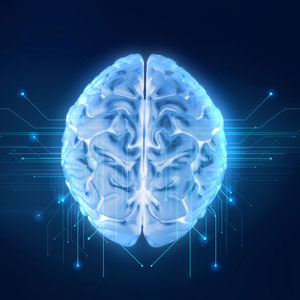Help for Seizures in Keller
 Seizures are neurological events caused by sudden bursts of abnormal electrical activity in the brain. Their effects can vary dramatically—from brief lapses in awareness to intense physical convulsions. Understanding the various types of seizures and their potential causes is crucial for effective care and support.
Seizures are neurological events caused by sudden bursts of abnormal electrical activity in the brain. Their effects can vary dramatically—from brief lapses in awareness to intense physical convulsions. Understanding the various types of seizures and their potential causes is crucial for effective care and support.
Recognizing the Differences: Types of Seizures
Seizures fall into two main categories: generalized and focal. Generalized seizures affect both sides of the brain and may take different forms. Tonic-clonic seizures, for example, involve loss of consciousness, body stiffening, and strong muscle contractions. Absence seizures—more common in children—tend to be brief and subtle, often appearing as a blank stare or momentary pause in activity. Myoclonic seizures are characterized by sudden, rapid muscle jerks, which may be mistaken for a startle reflex.
Focal seizures, on the other hand, begin in one area of the brain. In focal aware seizures, the person remains conscious but may experience unusual sensations or muscle twitches. Focal impaired awareness seizures, however, involve confusion or altered consciousness—sometimes with no memory of the episode afterward.
There are also other forms to consider. Febrile seizures can occur in young children during a high fever and, though alarming, are usually not dangerous long-term. Some individuals experience photosensitive epilepsy, in which seizures are triggered by flashing lights or patterns—demonstrating how external stimuli can provoke neurological responses.
What Are the Causes?
Seizures may result from a wide range of causes—head trauma, genetic conditions, infections, stroke, or brain tumors. For some, no clear cause has been found. These disruptions in brain activity can be triggered by stress, sleep deprivation, or overstimulation in sensitive individuals. Resources such as the Epilepsy Foundation and the National Institute of Neurological Disorders and Stroke provide in-depth information for families and individuals navigating these challenges.
The Chiropractic Connection: Supporting Neurological Balance
While traditional seizure management often involves medication and neurological monitoring, some patients explore additional ways to support nervous system regulation. That’s where chiropractic care may complement medical treatment.
Here at Thrive Chiropractic, we focus on the upper cervical spine—a region that plays a crucial role in how the brain communicates with the body. Misalignments in this area can overstimulate the nervous system, potentially affecting brain function. Our approach includes thorough spinal analysis and specific, gentle adjustments.
The Gonstead Method: Precision in Neurological Care
The Gonstead System is a detailed chiropractic approach that emphasizes precise analysis and individualized care. Using tools such as motion palpation, X-rays, and thermographic scans, we identify subtle spinal misalignments—especially in the upper cervical region.
By delivering carefully targeted adjustments, we aim to restore balance within the nervous system and reduce potential stress on the brain and spinal cord. Though chiropractic is not a cure for seizures, patients often report improved regulation and overall well-being.
Schedule an Appointment
Understanding seizure types, causes, and supportive care options empowers individuals and families to make informed choices. If you or someone you love is living with seizures and exploring complementary care, we welcome you to learn more about how chiropractic might fit into your broader health strategy.
Contact us today to book an appointment.

